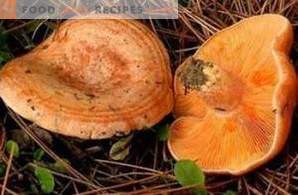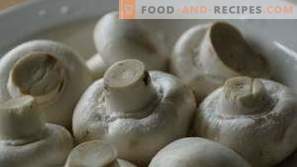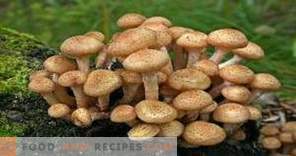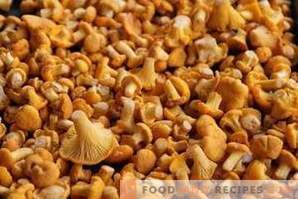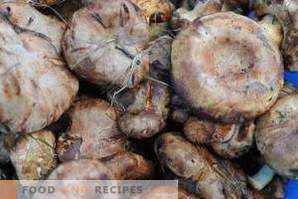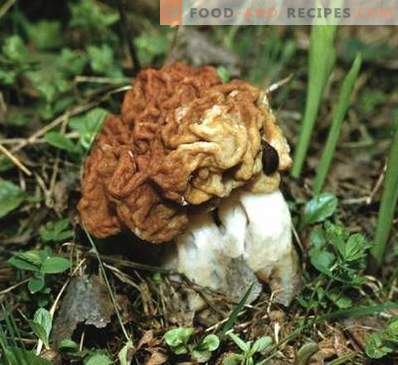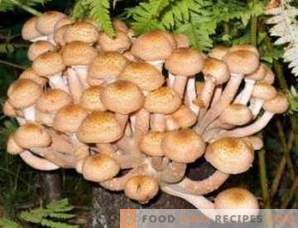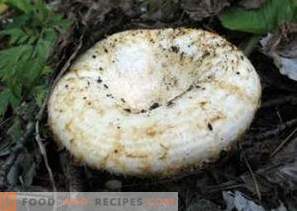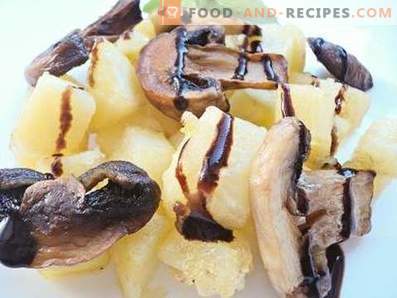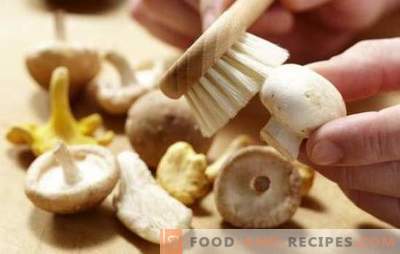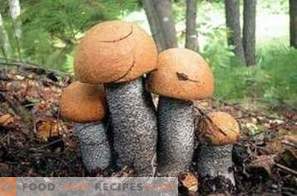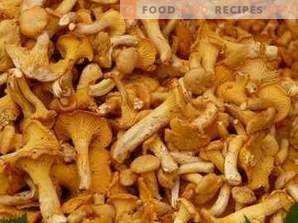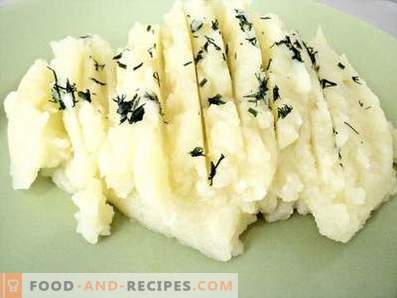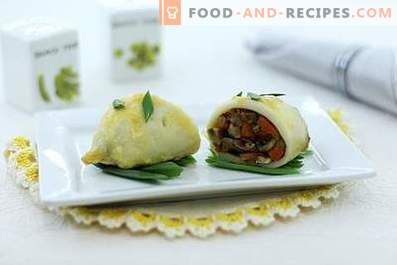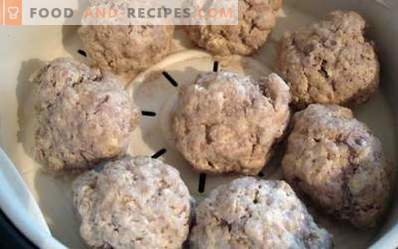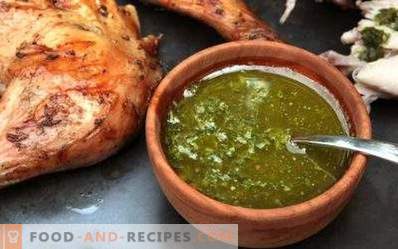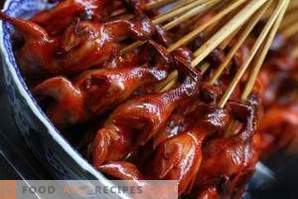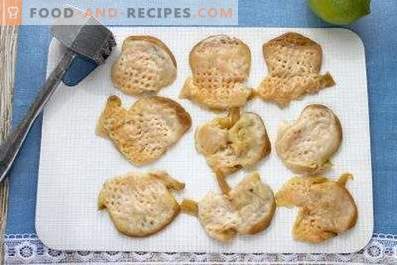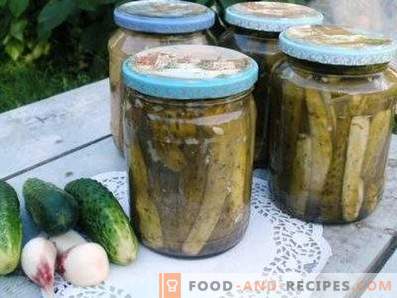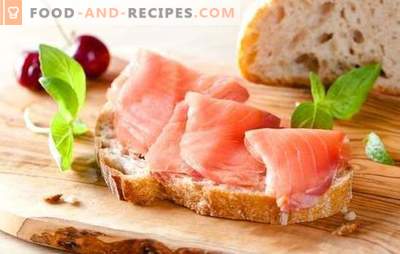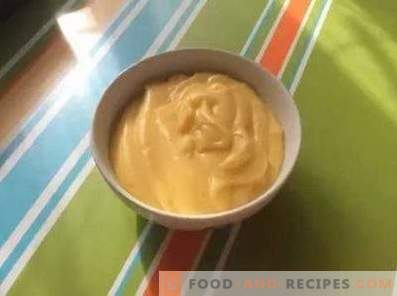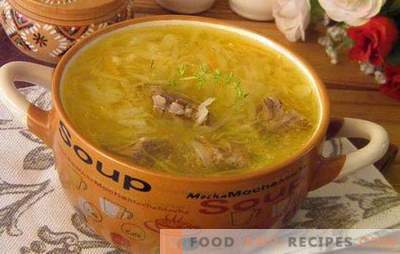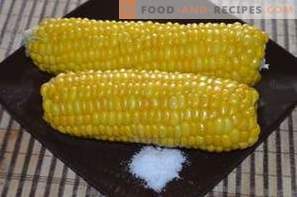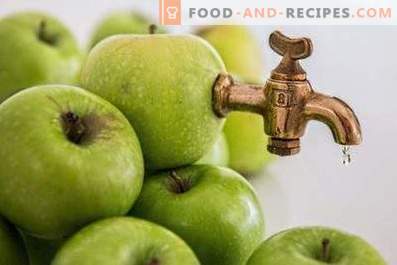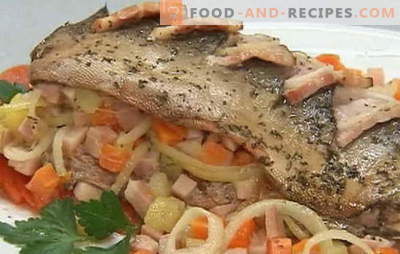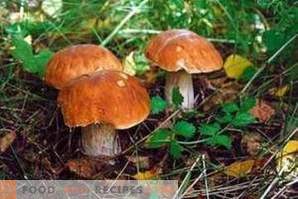
“Silent hunting”, as the mushroom campaign is often called, is very popular among people who like to be pampered with gourmet dishes. Meanwhile, the statistics are implacable: every year thousands of people become victims of food poisoning, and for every twentieth patient of the clinic, acquaintance with mushrooms ends in a fatal outcome. In order not to become their victim, one must be able to distinguish edible mushrooms from inedible ones. It is sometimes difficult to do this, because almost every fungus that is fit for human consumption has its own counterpart, which can send any person to a hospital bed. Nevertheless, there are several universal ways by which you can protect yourself from fatal errors when collecting mushrooms.
How to determine whether a mushroom is edible
If you are not sure that the next forest find is really safe, then you should first turn the mushroom and carefully examine its cap from inside. All “forest brothers” are divided into two large subspecies, the first of which has a spore-bearing layer, called hymenophore, is in the form of plates. It is in this group that poisonous mushrooms are most common, representing a serious threat to human life and health. In the second mushroom, the hymenophore has the shape of small tubes and resembles a porous soft lining. Such mushrooms are very rarely poisonous, although each rule has its exceptions. First of all, it concerns the so-called ceps, called boletus, in which there are several poisonous twins. They can also be determined by the internal appearance of the cap, which has a pinkish tint. In addition, if you cut a false boletus, then very soon on his leg will appear characteristic blue spots. This appears very dangerous and toxic hydrocyanic acid, the presence of which - the first sign that the fungus should not be eaten. Often in the forest come across mushrooms that look quite edible, but can pose a very real threat to humans. Therefore, there is a universal way to check them for safety, for which you need to touch the tongue to the slice on the leg. If you feel bitterness, you can safely throw prey, because such a mushroom can not be eaten. Thus, even among seemingly harmless syrups, at first glance, one can identify their treacherous twins, who, with the onset of autumn, begin their own hunt for people. By the way, it is precisely the taste of many experienced mushroom pickers that determine false butter and false chanterelles, which are difficult to distinguish from edible mushrooms.
By the way, false chanterelles are very often misled even by those who collected them in the forest repeatedly. Therefore, in order. in order not to be mistaken, one should carefully consider the find, drawing attention to the intensity of the color of the cap and leg. In inedible chanterelles, the cap has an intense orange hue, and the foot, as it approaches the root, becomes not light, but dark brown. In addition, it is worth considering that the false chanterelles have thinner legs and do not have characteristic thickenings near the cap.
Many fans of "quiet hunting" love to collect mushrooms, as these mushrooms grow in whole families, and near one stump with a successful scenario, you can collect a whole bucket of these forest delicacies. However, fans of honey agarics often await the danger in the form of inedible mushrooms, which outwardly practically do not differ from edible mushrooms. However, if you look closely at the head of the honeydew, you can determine whether to eat it. The thing is that in edible mushrooms it has a uniform brown color, and in poisonous mushrooms it is colored in a reddish or greenish tint.
